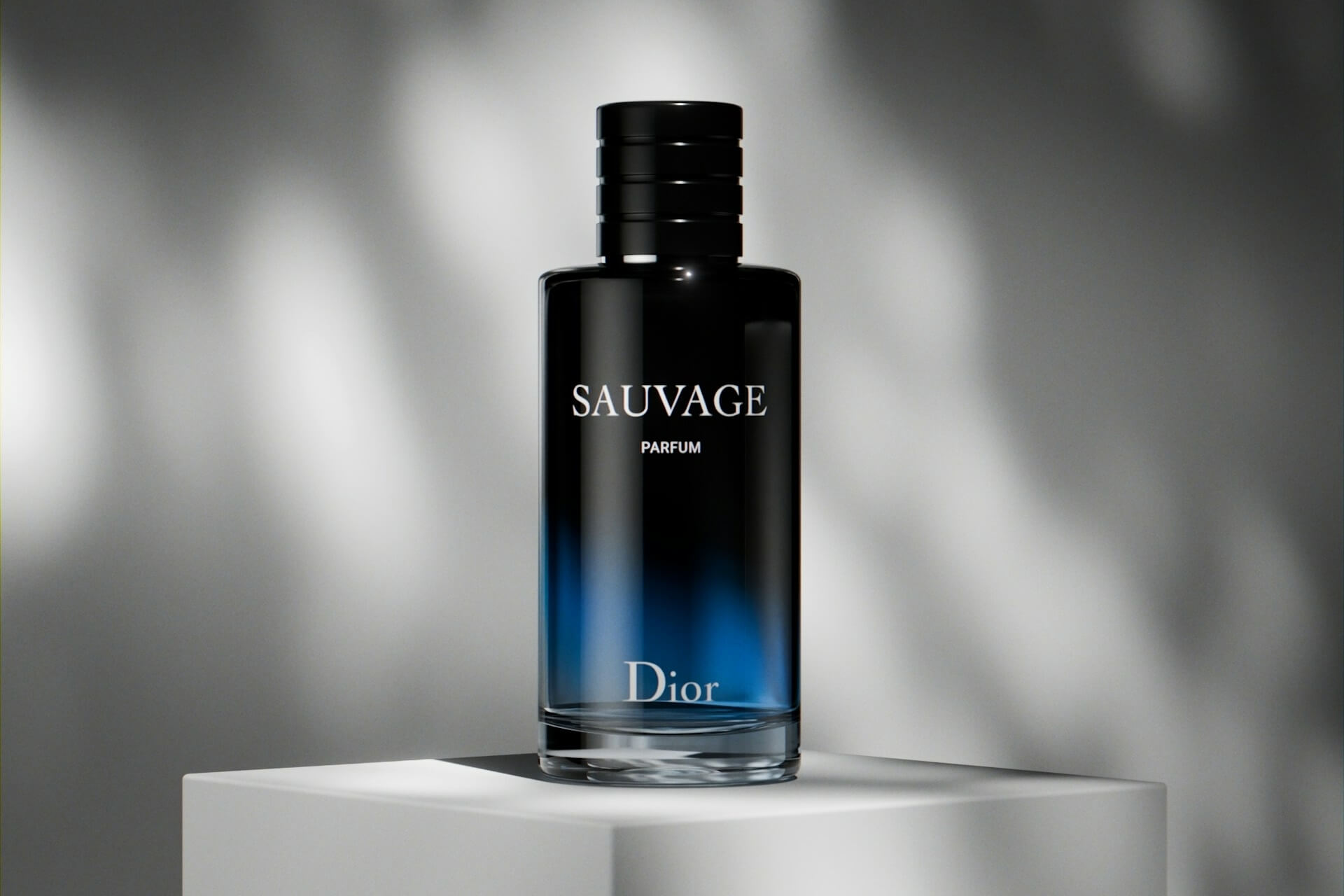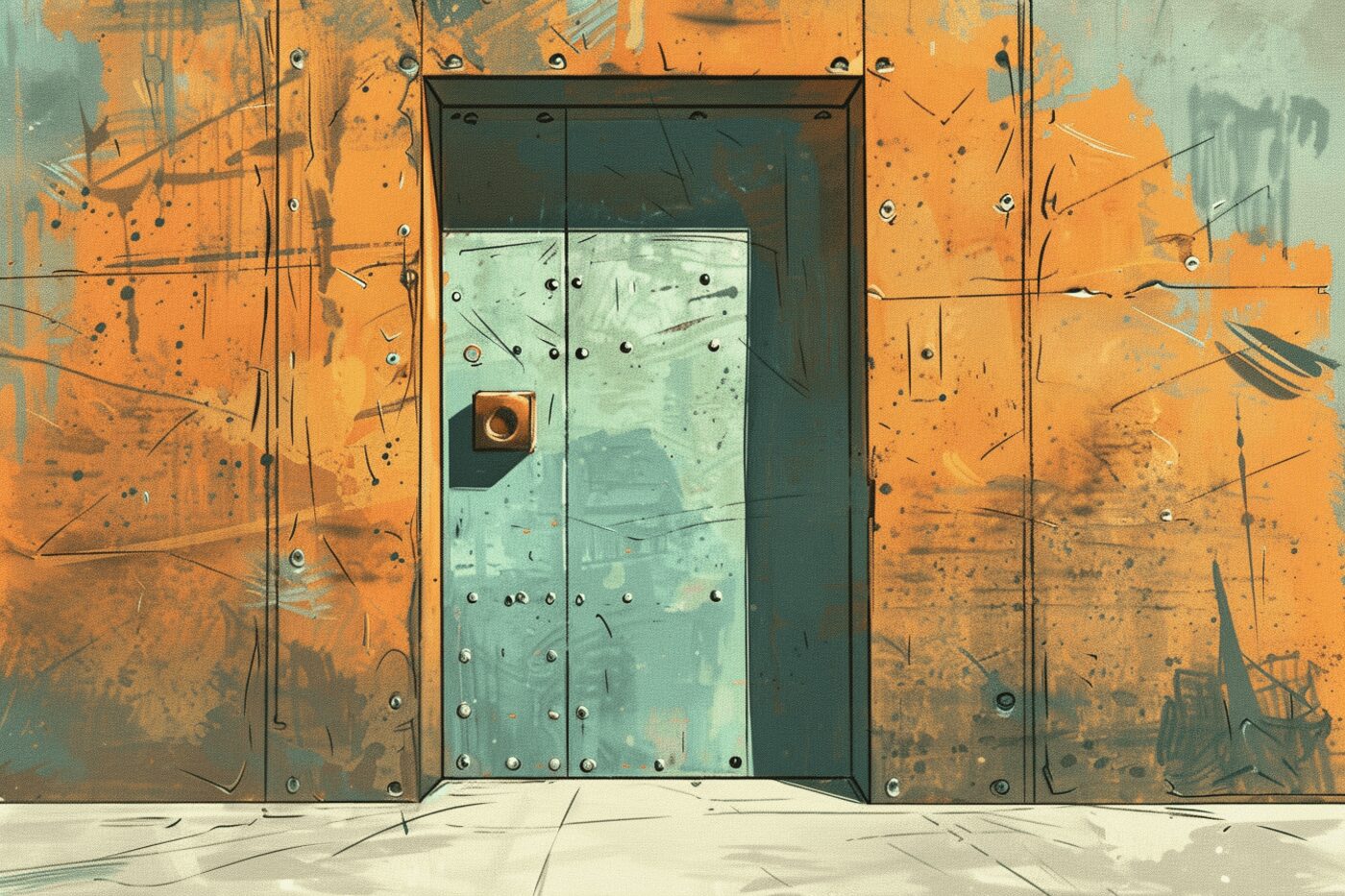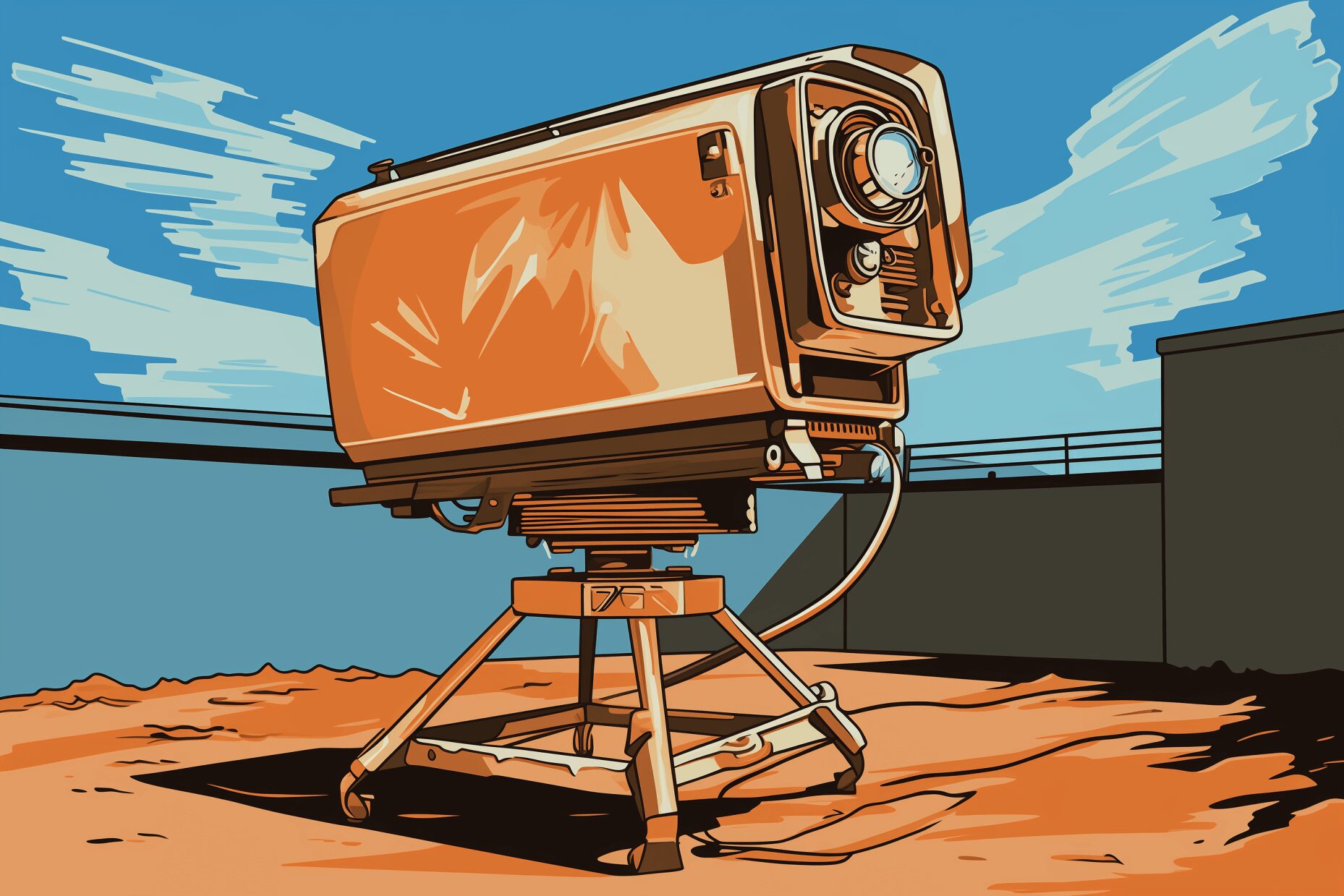Are Ear Wax Removal Kits Safe to Use?
Mar 19, 2024
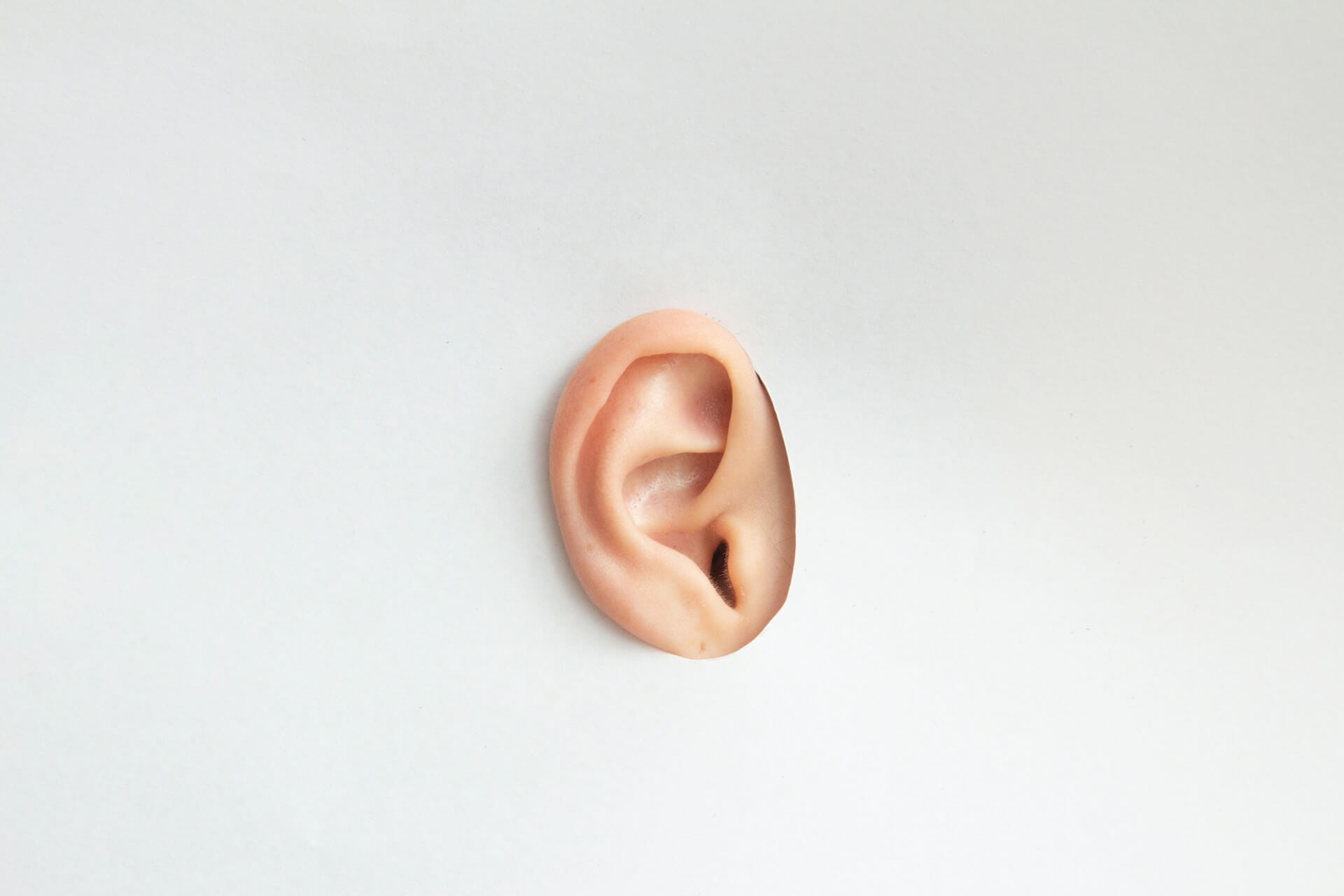
As an Amazon Associate, Modded gets commissions for purchases made through links in this post.
While #earwax has become trendy for oddly satisfying content in the last few years, how safe is it to do a DIY cleaning with an ear wax removal kit? Here’s everything you need to know about ear wax removal, from the safest ear wax removal kits to tell-tale signs that it’s time to go to an ear doctor.
An Inside Look into The Earwax Removal Market
Over the past decade, the earwax removal market has grown in leaps and bounds. The market was valued at $193 million in 2022 and is set to hit $301 million in 2033. Geriatric patients make up 48% of the market share because of a prevalence in hearing disorders and earwax impaction.
People prefer to take care of ear wax issues at home since some ear wax buildup conditions require a removal appointment every three to six months.
Ear Wax removal is also popular partly because of the fads and trends of healthcare TikTok, like the #earwax hashtag with thousands of videos that have amassed about 8 billion views collectively.
The #earwax content ranges from diy earwax removal to videos of ear doctors performing in-office extractions. Among them is Dr. Earwax, an Owings Mills audiologist with over a million followers on the social media platform. Her job is to test hearing, adjust hearing aids and mold custom earplugs. She’s become somewhat of an influencer with her oddly satisfying earwax extraction content.
You Don’t Need Ear Wax Removal
As oddly satisfying as it is to watch (and remove) your own earwax, most ear, nose and throat doctors recommend you leave your ears alone. Unless you’re part of the 5% of American adults with impacted earwax, let your ears be.
The amount of earwax in your ear is nothing to worry about for a healthy person without impacted earwax or hearing issues.
In fact, earwax has several important purposes:
- Your earwax has antimicrobial properties and protects your eardrums from germs.
- The lubricating effect of earwax protects from ear infections.
- Earwax prevents dry skin by keeping the ear canal moisturized.
- It prevents and you from getting dust or harmful small objects in your ear.
In addition to protecting your ears from infections, dust and other objects, the body has a natural ear wax regulation function. The shape of your ears makes it easy for earwax to vacate your ears using gravity. Regular jaw movements and chewing also remove any wax that needs to come out. When cleaning your ears as part of your grooming routine, put a few drops of mineral oil in your ear and let it wash out in the shower.
You only need to act if there’s hardened wax or if your hearing changes, which oftentimes requires medical attention.
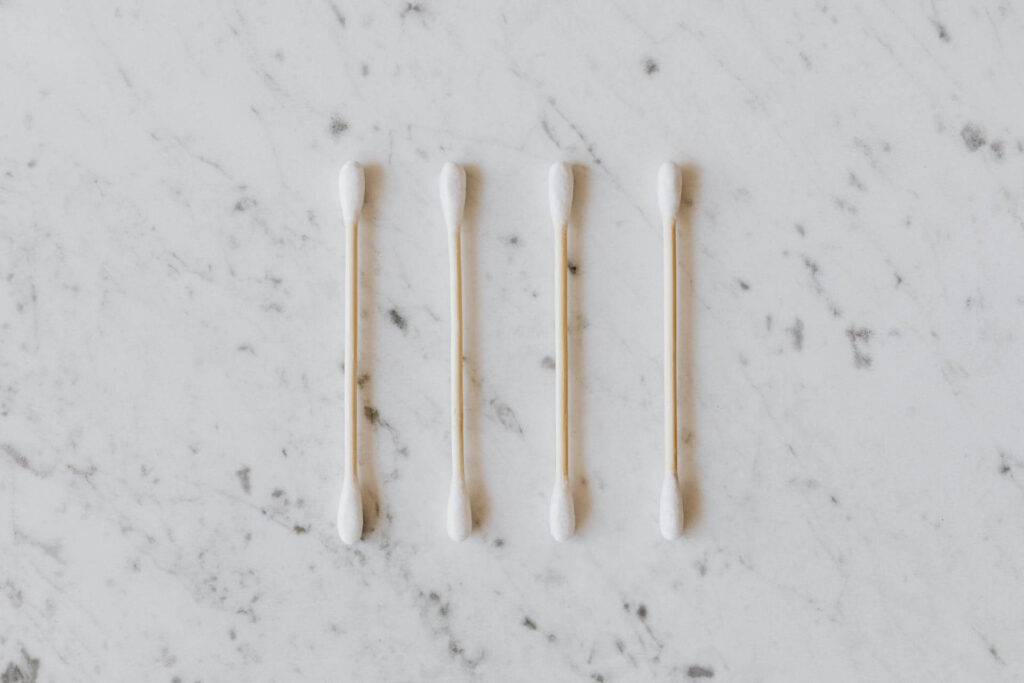
Risks Associated With Earwax Removal
Using a DIY ear wax removal kit without medical supervision or following instructions can result in hearing loss, eardrum perforation and infection if done haphazardly. Some of the most popular methods present risks to the integrity of your ear drum and ear canal:
Q-Tips
And while using Q-tips is a common thing, they can be dangerous because they push earwax deeper into your ear instead of getting it out. Frequent use can also result in micro scratches in your ear canal, which is the perfect breeding ground for infection.
Ear Candling
It seems quite magical that placing a candle or cone on your ear to draw ear wax out with a flame, it’s risky for your ears and face overall. If not held properly, you could drop hot ear wax into your ear or face, which can result in third-degree burns.
Steer clear of ear wax removal trends, and always take precautions to protect your ears.
When To Get Ear Wax Removed
For the average person, simply cleaning the visible parts of your ear now and then is enough. However, some people experience an overproduction of wax or impacted wax from hearing aids or other in-ear audio devices. In addition, if you experience these symptoms, get help:
- Changes in hearing like muffled sounds.
- Ringing or sensitivity.
- Pain or itchiness.
- Fullness in the ear
Your first port of call should be an ear, nose and throat doctor. They will know what to do, whether that’s a professional ear cleaning or medication for infection. Two of the most common methods they use are irrigation and micro suctioning.
Irrigation
With irrigation, the physician will insert warm water into the ear canal with an irrigation device to clear wax and rinse out your ear. They will then use a forceps to remove any leftover wax particles.
Micro suctioning
This method uses a small vacuum to suck up any ear wax buildup from your ear. The downside is that you may feel some discomfort like dizziness or struggle to hear. However, this only lasts a short time before you experience the relief.
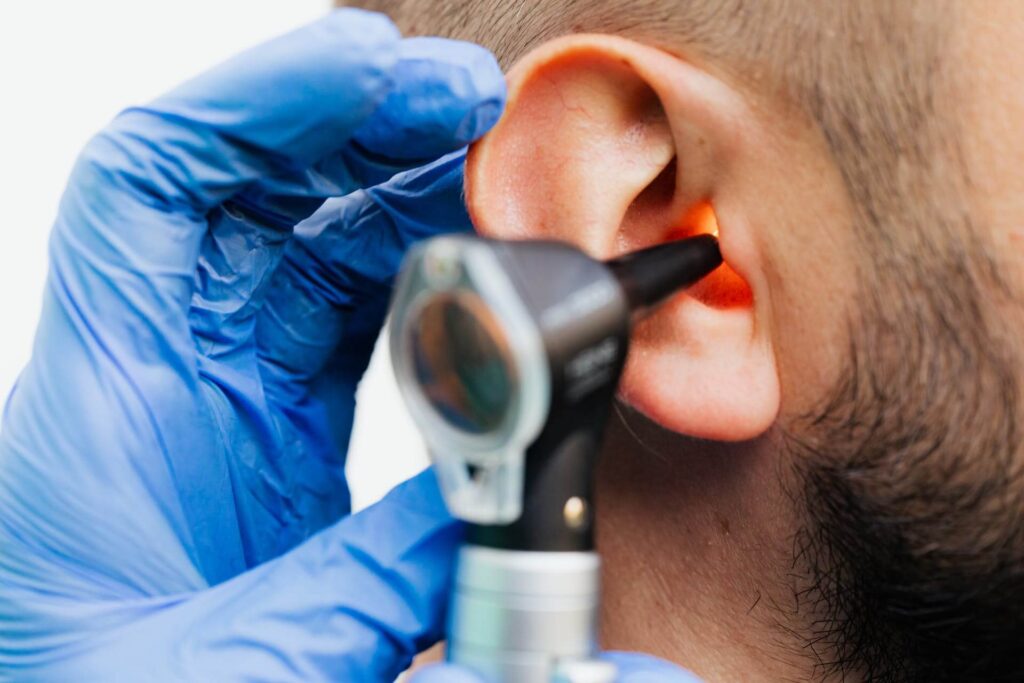
Top 4 Safest Ear Wax Removal Kits
While doctors recommend you visit a physician for cleaning, regular ear-cleaning appointments aren’t feasible for everyone. This list contains the safest ear wax removal kits, from FDA-approved to good reviews. However, you should still exercise caution. The most important thing is to be careful and attentive.
1. Safkan Health OtoSet
This is the only FDA-approved at-home ear wax removal kit. It combines irrigation and suctioning to remove ear wax in minutes. It looks like headphones, which you place over your ears and click a button to run the motor.
2. Smart Bud
For Q-tip users, this is an alternative that let’s see you see what you’re doing so you can remove ear wax effectively. The Smart Bud is a pencil-like contraption with a small scoop at the end you can use to gently scrape out ear wax. It has a camera on the end and you can connect it to your phone, and take pictures or screenshots if you need to seek medical advice.
3. Ear Vacuum Wax Remover
This ear wax vacuum has five different suction levels to absorb and remove excess ear wax. The head is made of silicone, which prevents any scratching or discomfort. Buyers praise it for its ability to clear buildup and clean their eardrums to make way for ear infection antibiotics and treatments.
4. Ear Irrigation Flushing System
This device is similar to what a physician would use in-office. It has ear wash spray, a bottle to put enough water for irrigation, a bulb syringe and a basin to catch excess water during irrigation. One of the safest methods to remove ear wax is to flush it out with hydrogen peroxide. This flushing system works perfectly for that.
Safe Ear Wax Removal
Seek medical help if you notice ear issues or hard buildup that won’t come out naturally. When it comes to safe ear wax removal, the best rule to follow is to keep it out of your ears if it’s smaller than your elbow. Your best bet is a few drops of mineral oil in your ear to soften wax before a hot shower. It will come out naturally as you bathe. Also, ensure that you regularly clean your listening devices to prevent buildup when you use them.
